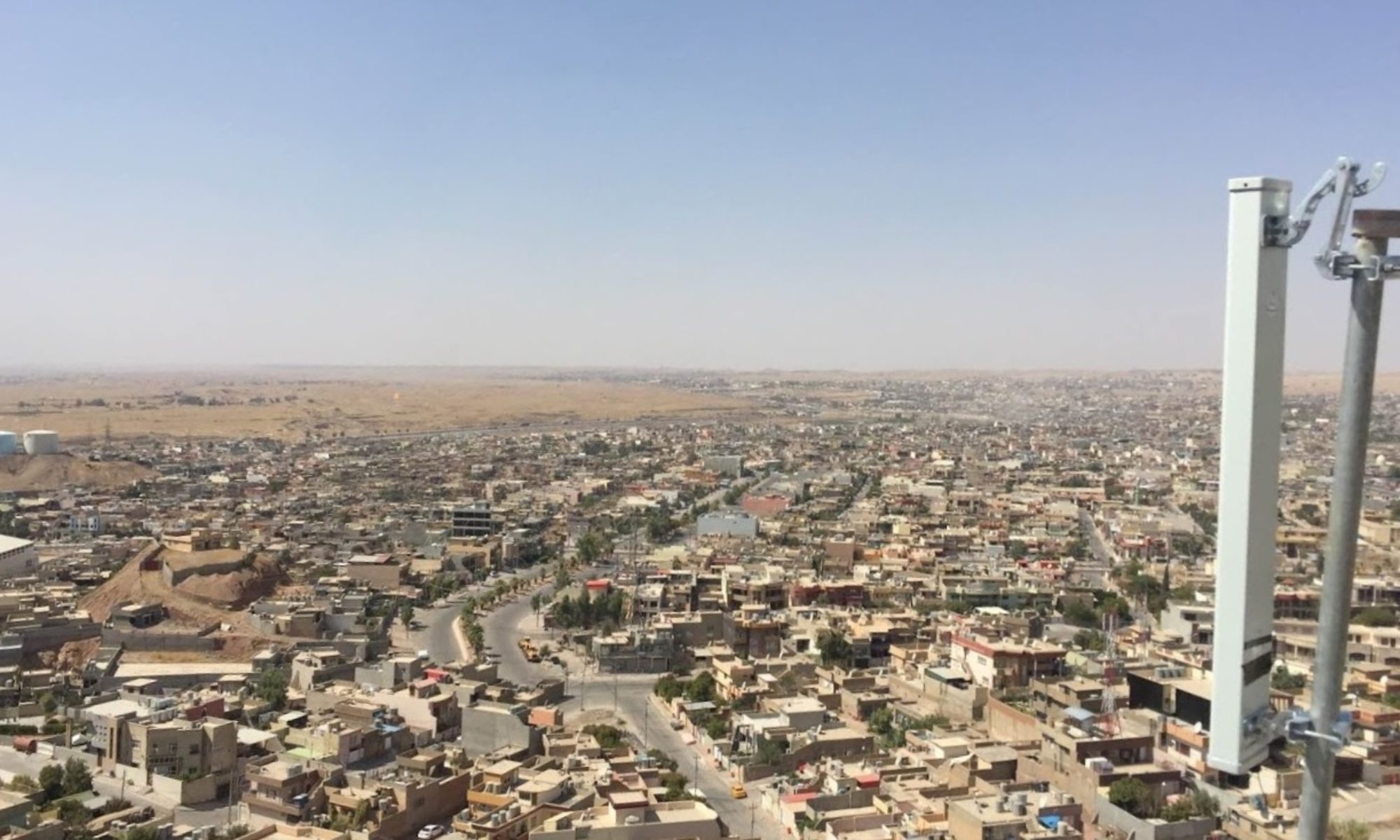What is eSIM technology?
The term “eSIM” simply means an embedded SIM card. There are no physical SIM cards involved and no physical swapping over required by you.
An embedded-SIM (eSIM) or embedded universal integrated circuit card (eUICC) is a form of programmable SIM card that is embedded directly into a device. The surface mount format provides the same electrical interface as the full size, 2FF, 3FF and 4FF SIM cards, but is soldered to a circuit board as part of the manufacturing process. The eSIM format is commonly designated as MFF2. In machine to machine (M2M) applications where there is no requirement to change the SIM card, this avoids the requirement for a connector, improving reliability and security. An eSIM can be provisioned remotely; end-users can add or remove operators without the need to physically swap a SIM from the device.
eSIM plus SIM card?
Phones that have eSIM support alongside a standard SIM are basically using it as a substitute for a second SIM. These still have space for a traditional micro SIM that you can use in the normal way, but you can add a second number or data contract via the eSIM – read on for more details on how this works.
Applications
The use of eSIM brings a number of advantages to device manufacturers and networks, but there are also some advantages for you, too, since you can have plans from more than one network stored on your e-SIM.
So you could use one number for business and another number for personal calls or have a data roaming SIM for use in another country. You could even have completely separate voice and data plans.
e-SIM is a global specification by the GSMA which enables remote SIM provisioning of any mobile device, and GSMA defines eSIM as the SIM for the next generation of connected consumer device, and networking solution using e-SIM technology can be widely applicable to various Internet of things (IoT) scenarios, including connected cars (smart rearview mirrors, on-board diagnostics (OBD), vehicle hotspots), artificial intelligence translators, MiFi devices, smart earphones, smart metering, car trackers, DTU, bike-sharing, advertising players, video surveillance devices, etc

For Further Information
Please Contact Us









